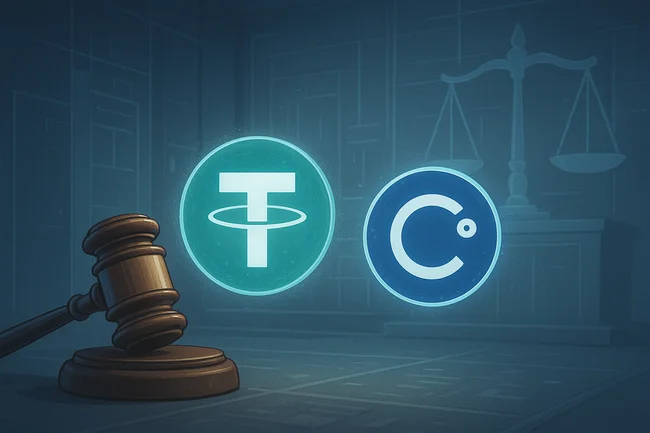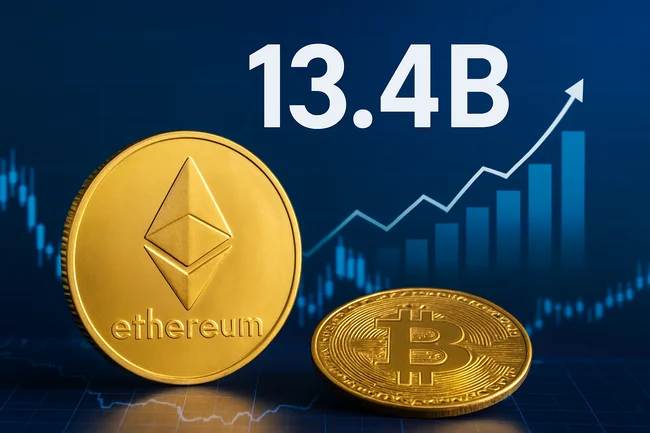Fork mining occurs when there is a divergence in the blockchain protocol, leading to two or more separate chains. This split can happen for various reasons, such as disagreements within the community about the direction of the project or the introduction of new features.When a fork takes place, miners can choose which chain to support. This often results in an overlap of mining efforts, where miners may find blocks on both the original and the forked chain. In some cases, a fork can create a new cryptocurrency, giving miners the opportunity to earn rewards on both chains.There are two main types of forks: soft forks and hard forks. A soft fork is a backward-compatible change, meaning non-upgraded nodes can still validate blocks. A hard fork, on the other hand, is not backward compatible and results in a permanent split.Fork mining can increase the overall complexity and potential profits for miners, as they have the chance to participate in multiple networks simultaneously. However, it can also lead to confusion and competition among different coins.

Tether Settles $299.5 Million Claim With Celsius Bankruptcy Estate
Tether has paid $299.5 million to the Celsius Network bankruptcy estate, resolving a legal dispute that stemmed from the cryptocurrency lender’s



